Metro 1 elevates urban transportation with TOD exit
After many years of waiting, on December 22, 2024, Metro Line 1 (Ben Thanh - Suoi Tien) went into commercial operation amid the joy of the people; officially opening a breakthrough in modern urban transportation in Ho Chi Minh City.
Speaking at the inauguration ceremony of this metro line on March 9, 2025, Mr. Nguyen Van Duoc, Chairman of the Ho Chi Minh City People's Committee, said that the city is a special urban area, the economic locomotive of the whole country... and is facing many pressures on social security, flooding, environment and especially traffic congestion... Putting metro line 1 into operation is a testament to the policy of deciding to invest in modern and efficient public transport such as urban railways combined with urban development in the direction of public transport (TOD).
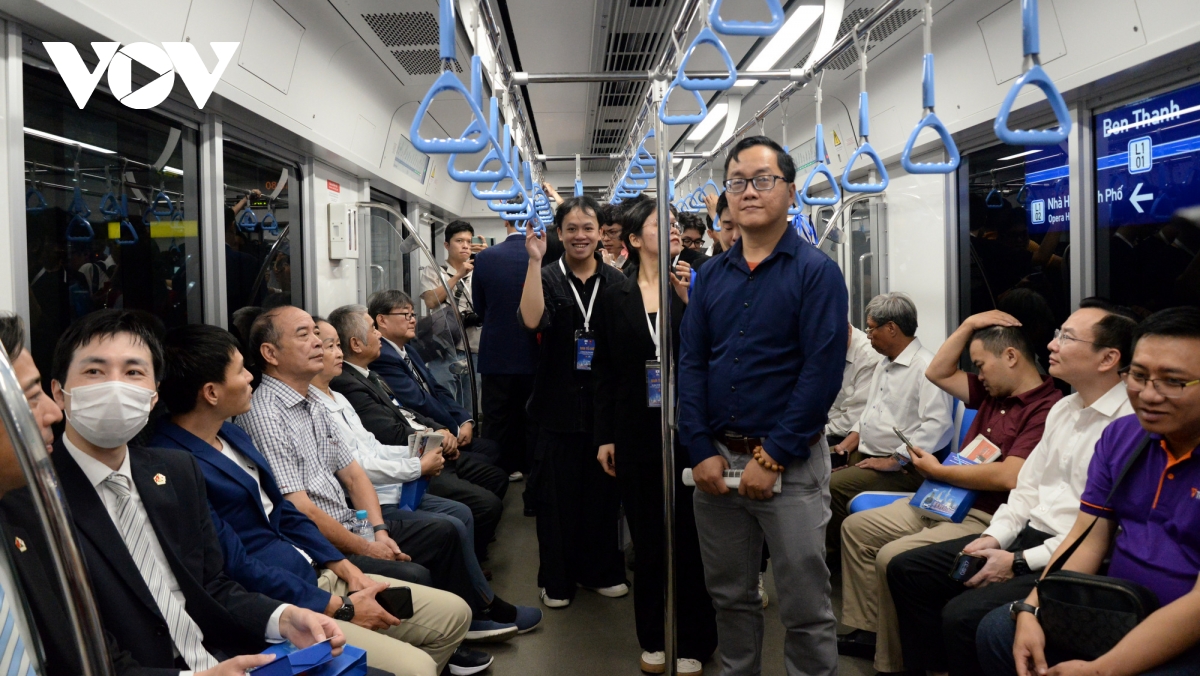
This is an important solution to help solve traffic congestion, towards building a civilized, friendly, environmentally friendly and sustainable urban area. Metro Line 1 is not only a modern traffic project, but also has an important meaning for the socio-economic development of the City.
“Today’s inauguration ceremony of Metro Line 1 (Ben Thanh - Suoi Tien) is not only a joy and pride for Ho Chi Minh City but also the beginning of a new chapter in the journey of developing modern urban transport. I also hope that every citizen of the City will continue to trust, support and accompany the City Government in implementing development orientations in the coming time,” Mr. Nguyen Van Duoc emphasized.
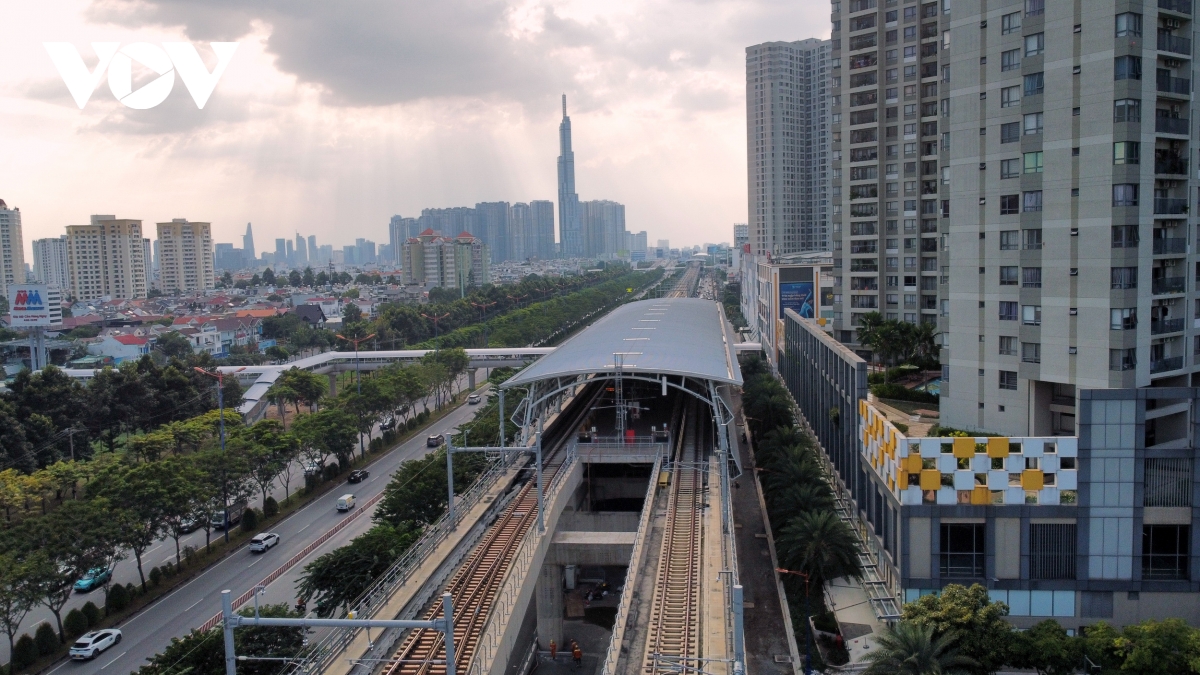
Metro Line 1 operates from 5am to 10pm every day with a fairly high capacity. According to Urban Railway Company No. 1 (HURC1), from January 1 to now, it has carried out more than 40,000 trains (100% of the plan) with a total number of passengers reaching more than 10.4 million, reaching 134%. On average, it serves more than 52,000 passengers per day; of which the number of people using the metro for daily activities and commuting to work is increasing, showing the clear effectiveness of the first metro line of Ho Chi Minh City. This opens up expectations for the urban railway network of Ho Chi Minh City in the coming time and is facilitated by Resolution 188.
Mr. Phan Cong Bang, Head of the HCM City Urban Railway Management Board, said: "Resolution 188 on special mechanisms for the development of HCM City urban railway. This is a great policy mechanism that gives us the opportunity to develop urban railway in HCM City faster, with many breakthroughs for more favorable development."
Ho Chi Minh City aims to have public transport cover 40-50% of people's travel needs by 2035, and 50-60% by 2045. There is no other choice but to accelerate the metro system, with the specific goal of completing 355 km of urban railway by 2035. In addition to solving the problem of mobilizing huge capital sources, it is necessary to change thinking, aiming at urban development according to the TOD model.
Architect Ngo Viet Nam Son believes that the thinking about transportation is still based on the existing transportation system, and metro lines are developed according to those lines. But… now, it is necessary to think about TOD - transportation and urban areas at the same time, completely renewing the approach.
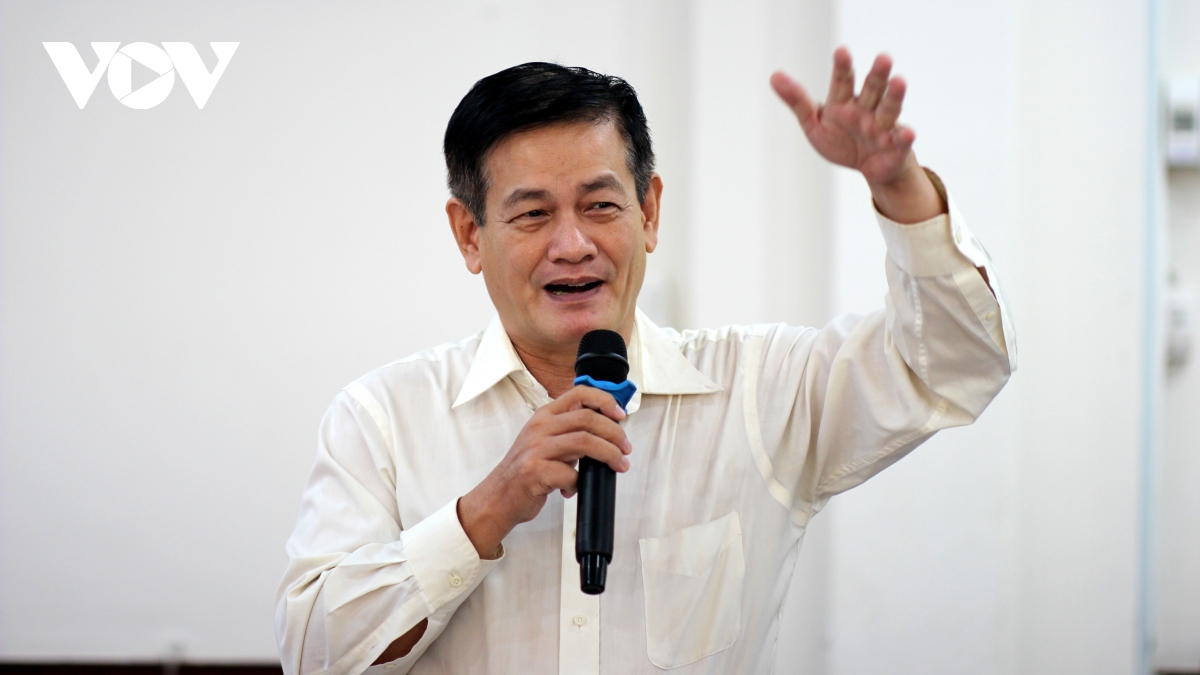
"That means the metro line does not need to follow traffic but can open up new traffic routes, open up sections passing through uninhabited areas. But those uninhabited areas are the land fund for TOD development. So the thinking is completely different, we must have the courage to innovate. If we do not innovate, we will miss many opportunities," said architect Ngo Viet Nam Son.
Ho Chi Minh City after merger has more opportunities to break through
It can be seen that in the period of 2020 - 2025, Ho Chi Minh City has received attention from the Central Government and has many policies to support Ho Chi Minh City to expand connections with surrounding localities. From the time Ho Chi Minh City only had 2 expressways at the gateway, Ho Chi Minh City - Trung Luong and Ho Chi Minh City - Long Thanh - Dau Giay (which were overloaded soon after being put into operation), up to now, the City is implementing a series of Belt and radial expressway projects such as Belt 2 (about to be closed), Belt 3 (some sections have started construction) and Belt 4 (preparing to invest in the section through the City).
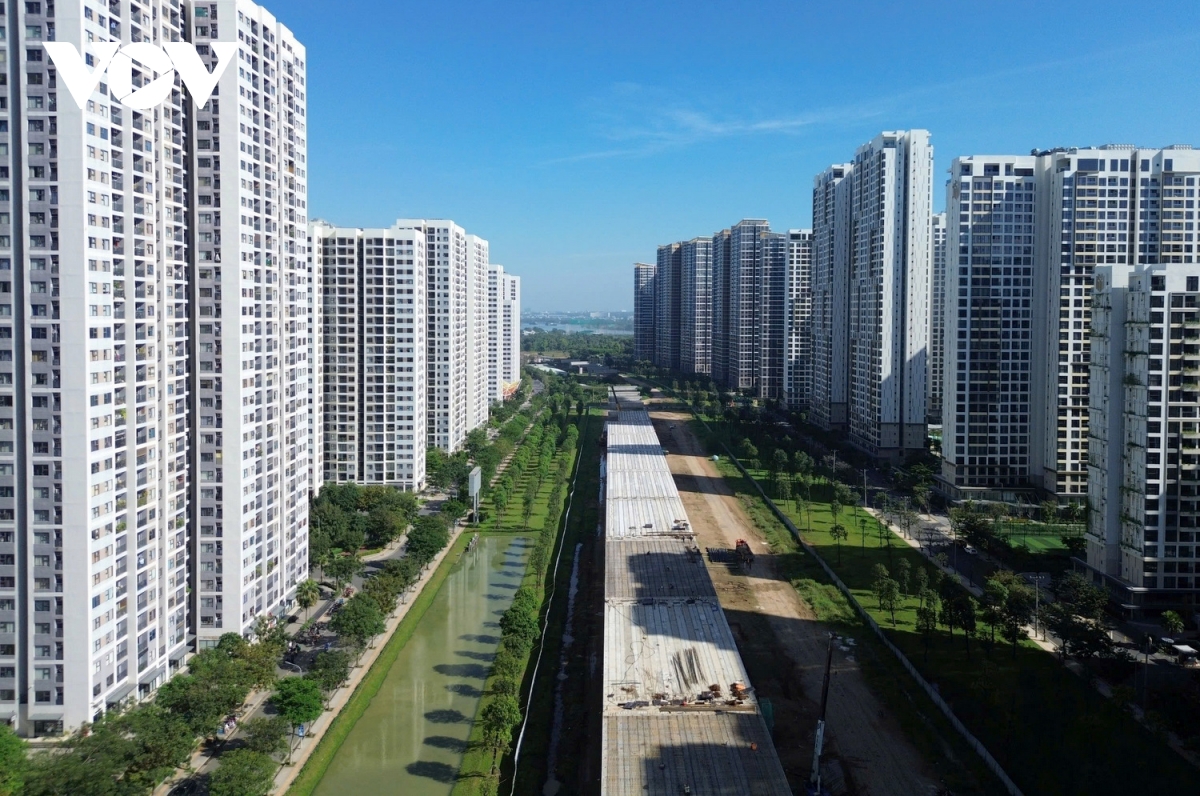
New radial expressways such as Ho Chi Minh City – Moc Bai, Ho Chi Minh City – Chon Thanh, or expansion of existing routes such as Ho Chi Minh City – Long Thanh – Dau Giay, Ho Chi Minh City – Trung Luong – My Thuan are also being promoted to effectively connect with the Southeast and Southwest regions.
At the gateways of Ho Chi Minh City, 4 projects to upgrade and expand National Highways 1, 13, 22 and the North-South axis invested in the form of BOT with a total capital of more than 57,000 billion VND have been approved by the City People's Council and are also expected to help clear traffic congestion points.
In particular, after July 1, 2025, when Ho Chi Minh City merges Binh Duong and Ba Ria - Vung Tau to form a megacity, the new Ho Chi Minh City will have a population of more than 14 million people.
According to Director of the Ho Chi Minh City Department of Construction Vo Hoang Ngan, along with the expansion, the city also faces greater challenges in the field of urban transportation, including traffic congestion, environmental sustainability and the need to modernize infrastructure over a larger area.
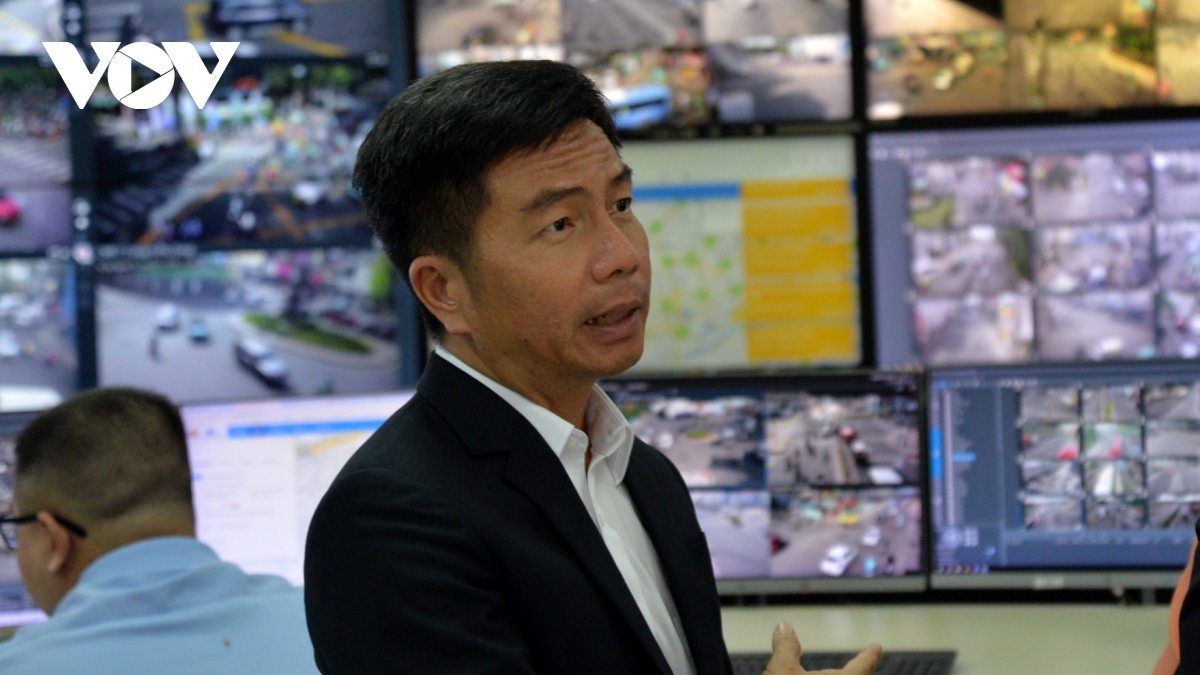
Therefore, the requirements for technical infrastructure, transportation, and smart urban systems are urgent and require strong participation of science, technology, and international cooperation.
"This is a great development opportunity for the development of the Southeast region and Vietnam. To operate and manage a large urban area like Ho Chi Minh City, there are many upcoming major challenges that directly affect people and businesses. In addition to traditional management tools, these challenges require new, smarter, more modern management tools and domestic and international cooperation," said Vo Hoang Ngan, Director of the Ho Chi Minh City Department of Construction.
Mr. Luong Minh Phuc, Director of the HCM City Traffic Construction Investment Project Management Board, assessed that after the merger, the demand for inter-regional traffic projects will be very high.
In the immediate future, the period of 2026 - 2030 will be a period of remarkable development in the transport systems connecting the three localities to create development space, create momentum and premise for the new Ho Chi Minh City to develop its economy and society.
The Traffic Department is working with the Department of Construction as well as local units to prepare for the implementation of accelerating the construction progress to open Ho Chi Minh City Ring Road 3 to traffic by the end of 2025 and start construction of Ring Road 4 project in 2026.
In addition, 5 radial expressways including: Ho Chi Minh City - Long Thanh - Dau Giay, Ho Chi Minh City - Trung Luong, Ben Luc - Long Thanh, Ho Chi Minh City - Moc Bai and Ho Chi Minh City - Chon Thanh are also simultaneously expanding or constructing new ones.
"Along with 2 belts and 5 radial highways and a series of inter-regional connection projects, a new development space, a new driving force, and new resources for the new Ho Chi Minh City will be created. And a very favorable thing is that when localities merge, the cadastral boundary will not become an obstacle in capital supplementation, project adjustment or construction coordination as before. We think that this is a very favorable condition, a breakthrough in mechanism to further accelerate the implementation of key transport projects and have more powerful resources for development in the coming time", said Mr. Luong Minh Phuc.
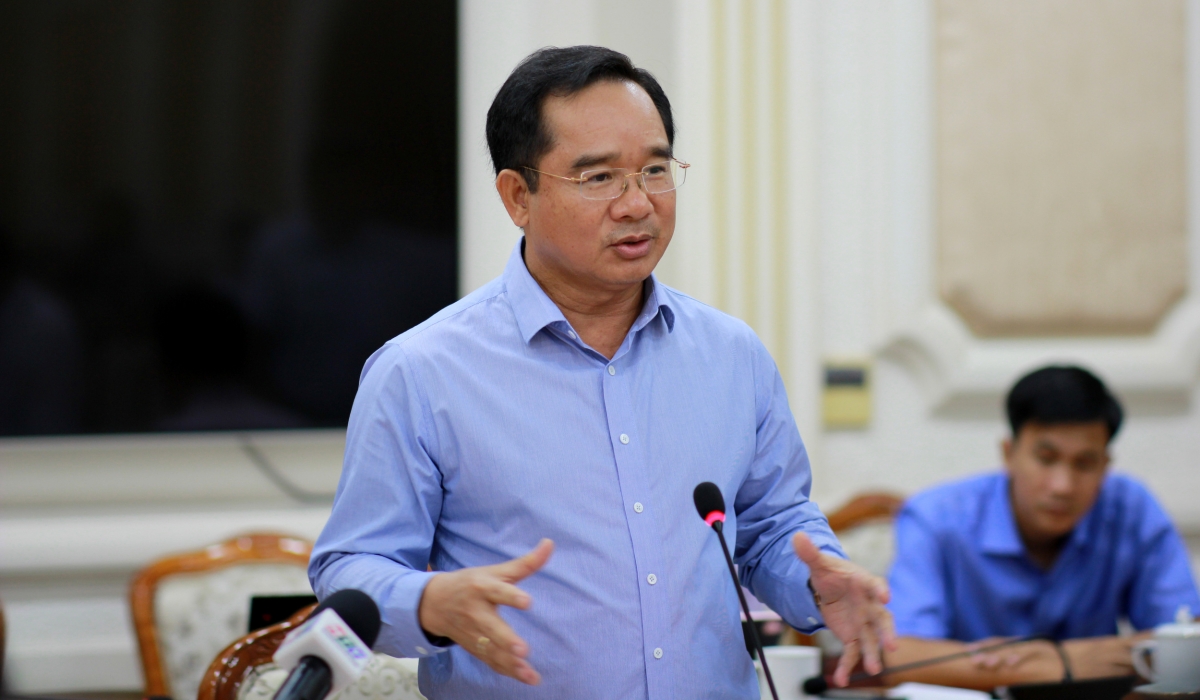
Another advantage to believe in the strong development of Ho Chi Minh City's traffic is the special attention of the Central and City leaders. When Mr. Nguyen Van Duoc first took office as Chairman of Ho Chi Minh City People's Committee, he chose the transport sector as the first working unit with a clear viewpoint that "clear roads lead to clear resources". From there, it is recommended that the entire political system focus on paying attention to and developing traffic; renewing thinking in a proactive, dynamic, creative and flexible direction to make the transport sector the fastest and most effective.
"Transportation is the lifeblood of the economy, opening up development space and unleashing resources of the country's localities. And transportation is also a criterion to evaluate the development level of a country or a locality, so the role of the transportation sector is very important. Therefore, the entire leadership and political system must focus on transportation," Mr. Nguyen Van Duoc affirmed.
According to the Resolution of the 11th Ho Chi Minh City Party Congress, period 2020 - 2025, "Ho Chi Minh City will effectively promote all resources to develop a synchronous urban infrastructure system". The specific goals include "developing and strongly implementing solutions to reduce traffic congestion, reduce traffic accidents, invest in developing inter-regional transport, effectively exploiting waterway transport, developing urban railways, belt roads...".
And the past journey of Ho Chi Minh City has contributed to creating a solid "foundation" for the new Ho Chi Minh City to have strong motivations to make a breakthrough in traffic infrastructure in the coming time.
In the context of Ho Chi Minh City's newly expanded administrative boundaries, along with the two-level local government model with many advantages, it will certainly help Ho Chi Minh City achieve its set goals with the vision of striving to be in the Top 100 livable cities in the world.
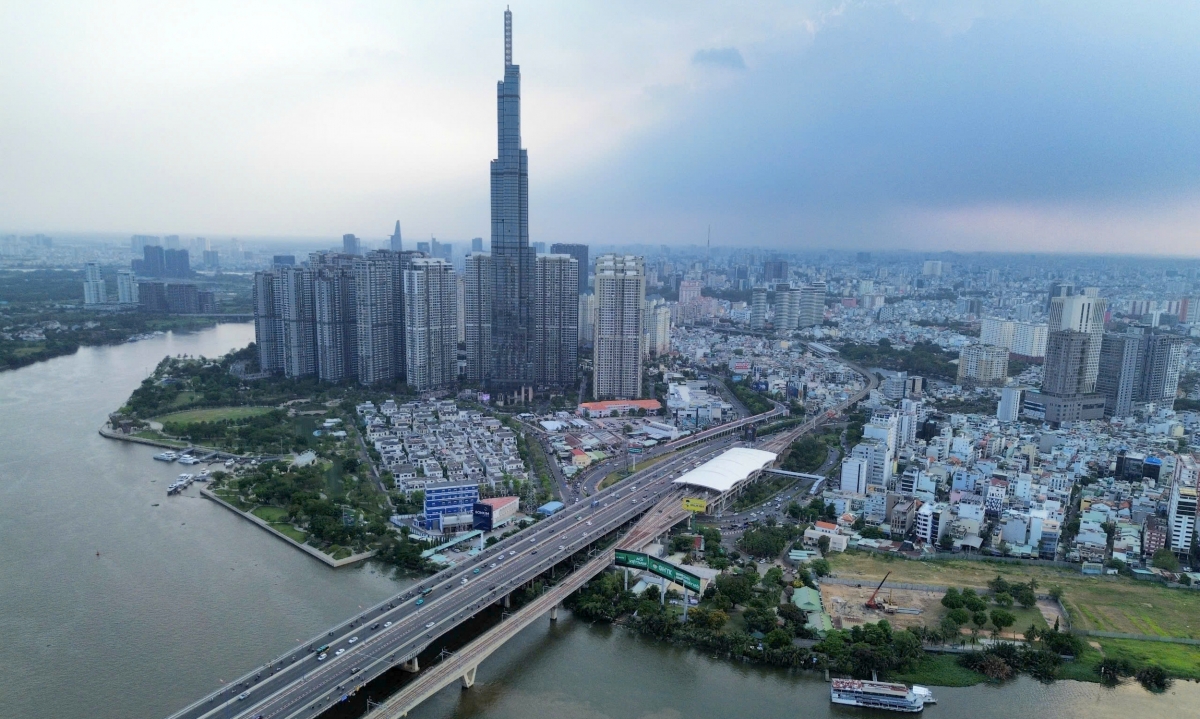
According to the Ho Chi Minh City Department of Transport (now the Department of Construction), in the 2000s, Ho Chi Minh City completed 1,915km of roads, with a road density of 0.91km/km2, and a ratio of traffic land to urban construction land of 3.6%. To date, Ho Chi Minh City has achieved an impressive figure of 5,153km (road density of 2.44km/km2, and a ratio of traffic land to urban construction land of 14.44%).
Compared to the target of the 11th Congress, "by 2025, the ratio of traffic land to urban construction land will reach 15%, the average traffic density on the entire city's land area will reach 2.5 km/km2", the above target is almost asymptotic, in the context of Ho Chi Minh City's high population growth.
If in the period 2006-2015 the capital for transportation was about 67,000 billion VND, then in the period 2016-2025 it increased to about 176,220 billion VND, an increase of about 2.63 times compared to the previous period. And this figure in the period 2026-2030 is expected to reach more than 992,000 billion VND, an increase of 5.6 times compared to the previous period (data for old Ho Chi Minh City).
Source: https://ttbc-hcm.gov.vn/ha-tang-giao-thong-tp-hcm-tu-metro-den-ket-noi-vung-chien-luoc-1019185.html



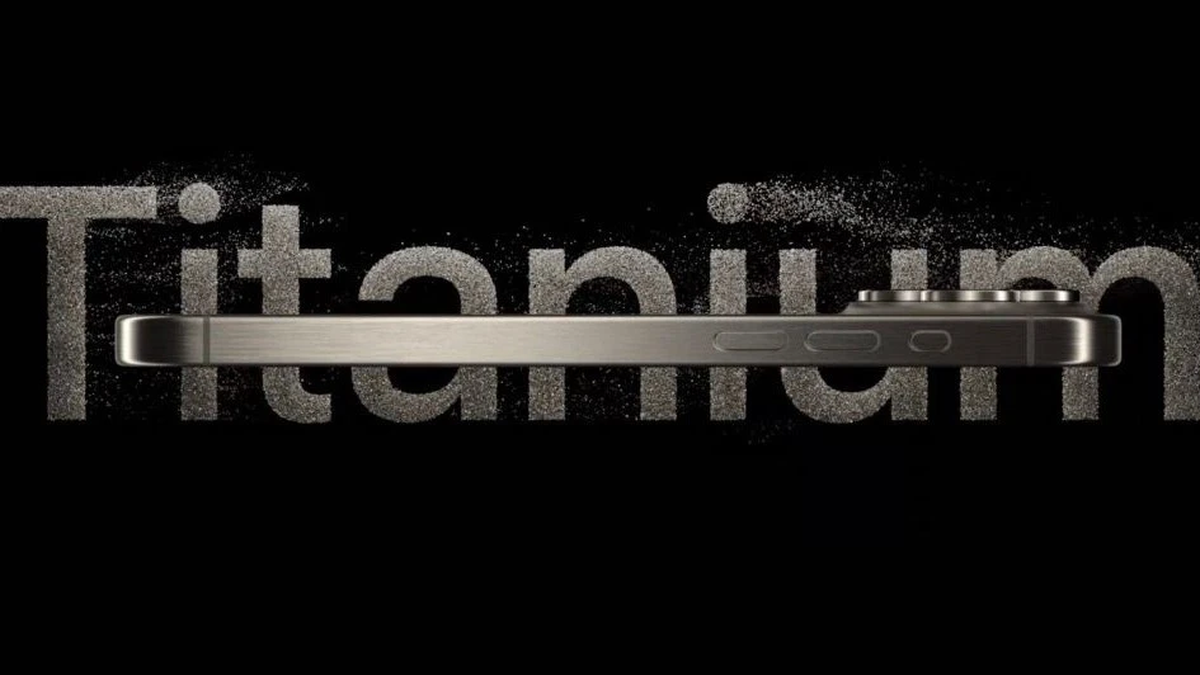

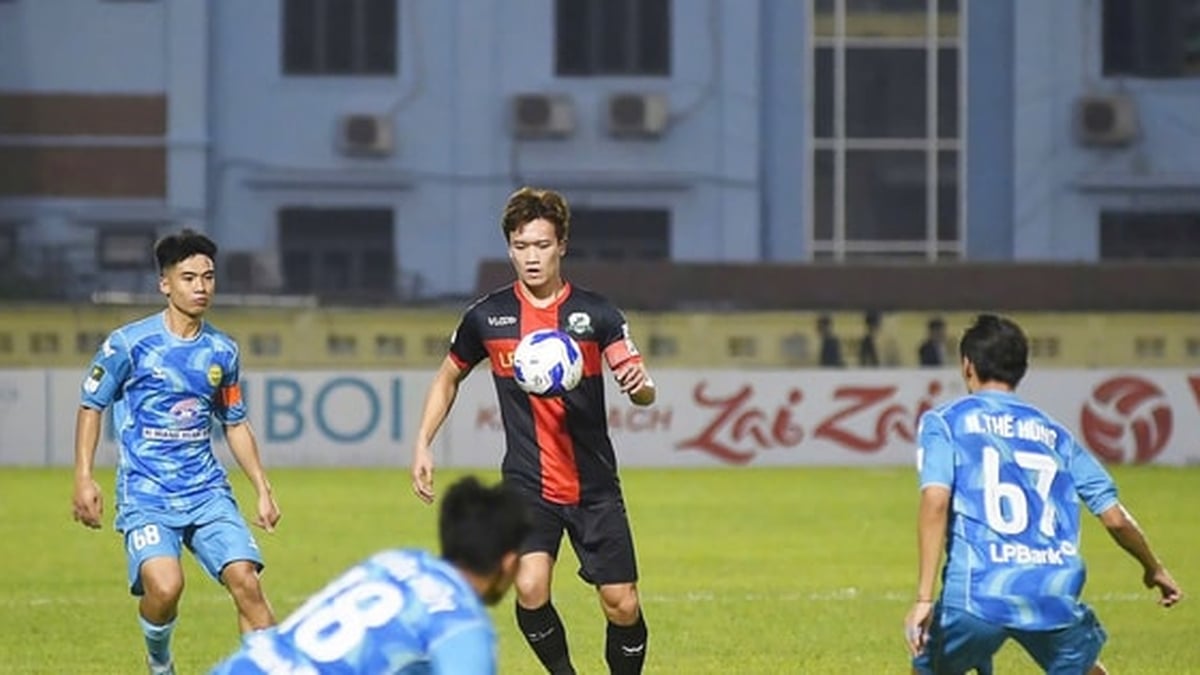
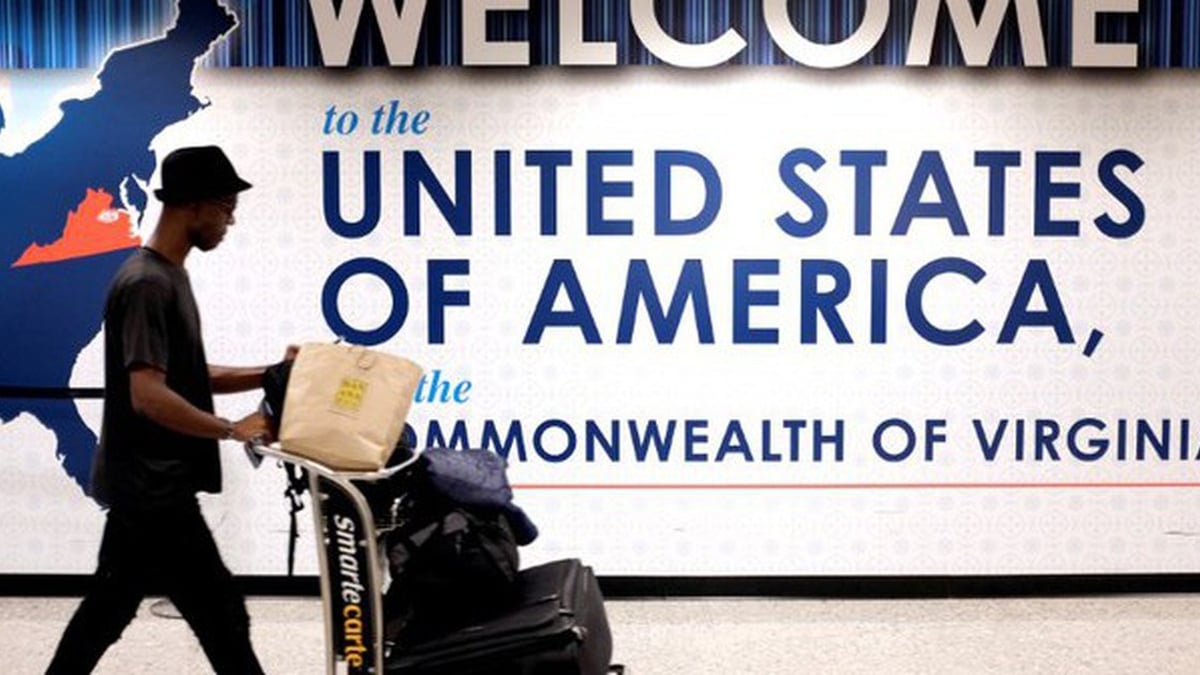


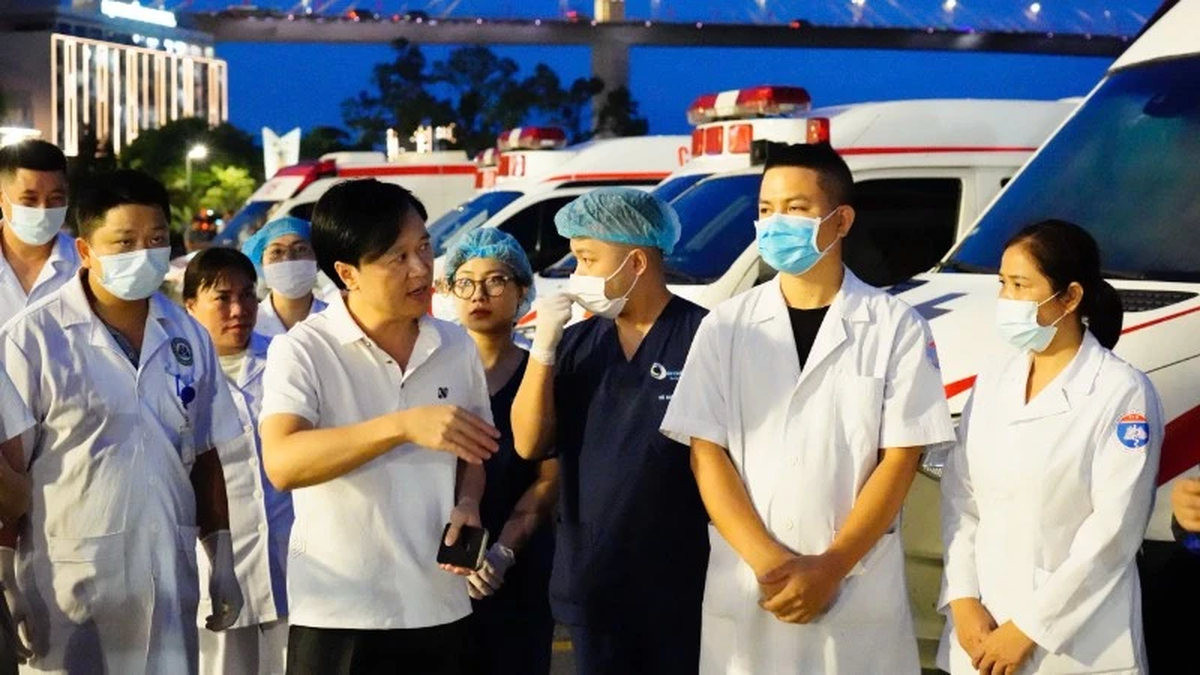
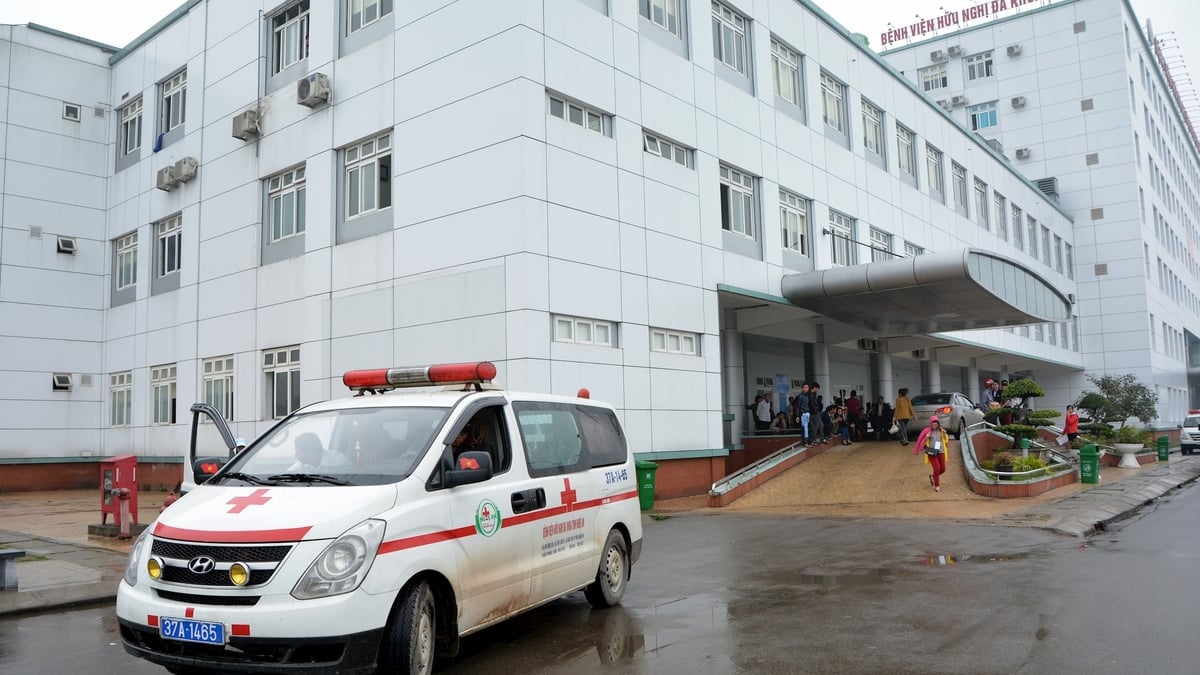
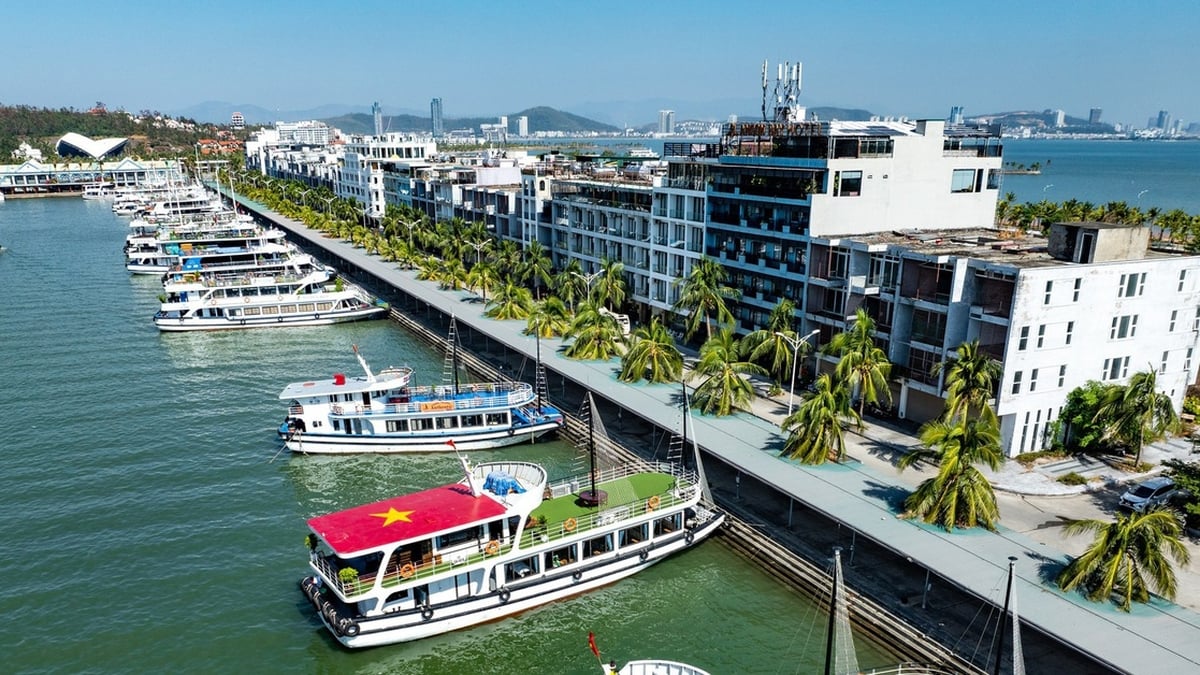

















![[Photo] National Assembly Chairman Tran Thanh Man visits Vietnamese Heroic Mother Ta Thi Tran](https://vphoto.vietnam.vn/thumb/1200x675/vietnam/resource/IMAGE/2025/7/20/765c0bd057dd44ad83ab89fe0255b783)































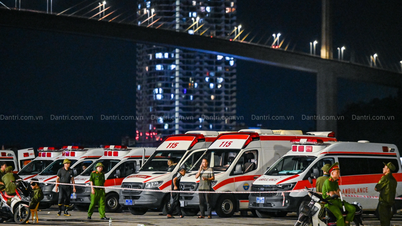
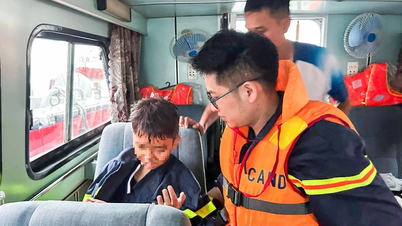

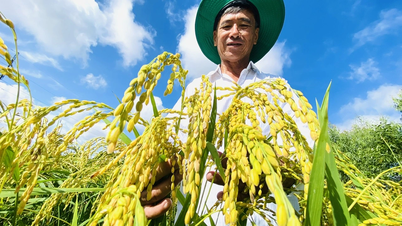
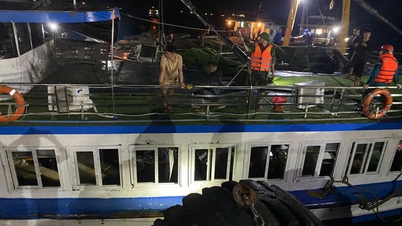
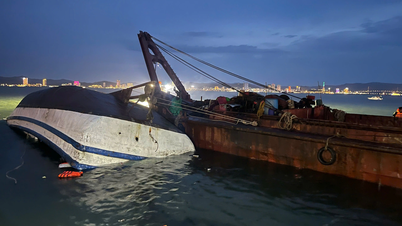
































Comment (0)